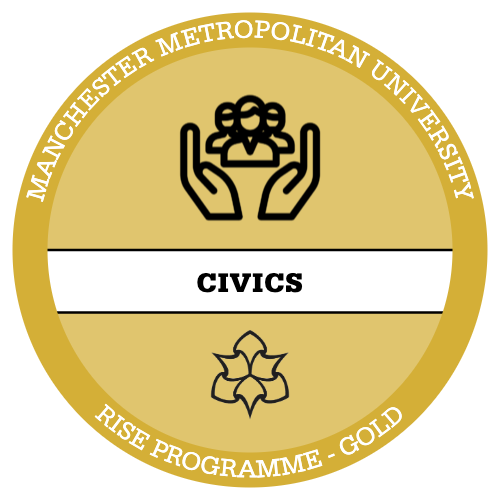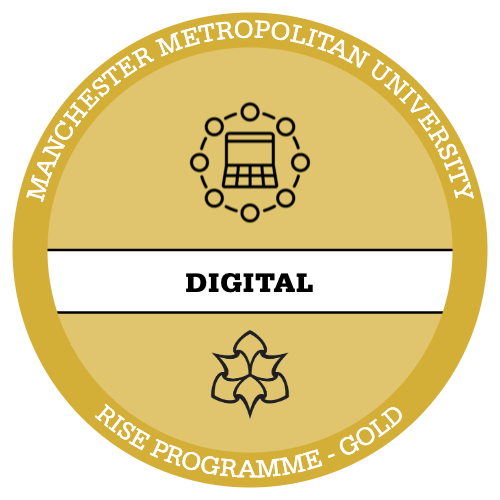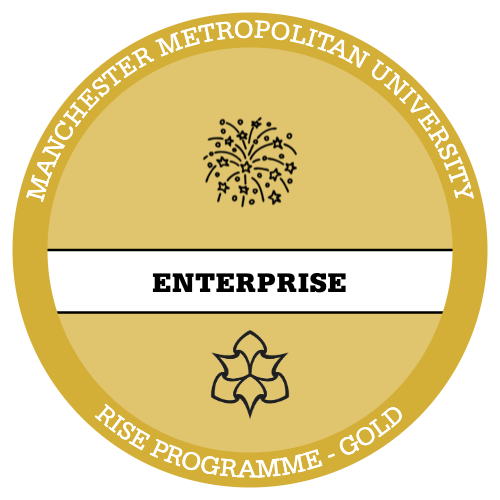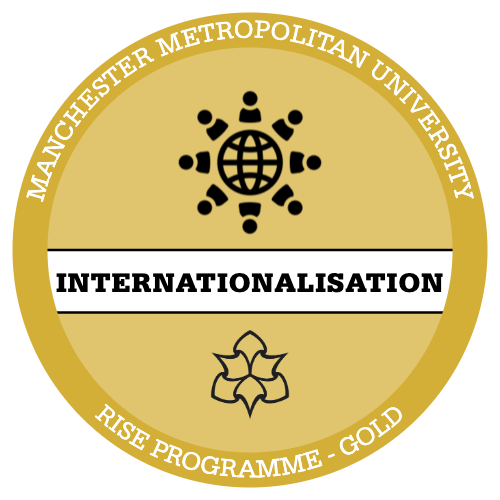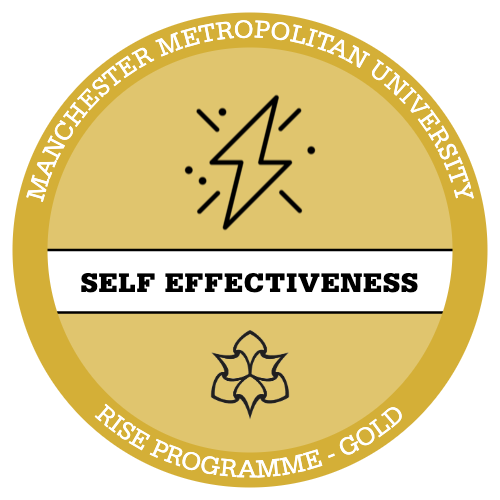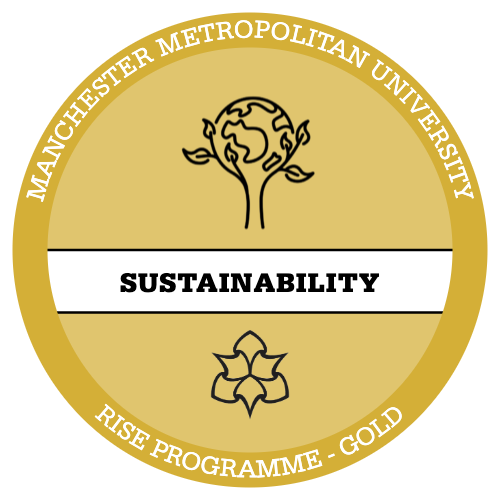Introduction to ‘Supporting communication and language development’
In this sprint you will develop the following knowledge:
- I understand that the first 1001 days are a critical period for developing babies and children’s communication and physical skills.
- I can describe the benefits of providing a language rich environment and ’talking through the day’.
- I can explain the ‘serve and return’ pattern of interaction.
Research shows that good interactions between adults and children make a big difference to how well communication and language skills develop. Children benefit from being with responsive and enthusiastic adults who show interest in talking with them.

Read: Communication and Language
Gov.uk
Using the webpage above, explore why communication and language is important.
Read the three sections on communication and language development:
– Interactions
– Exploring Language
– Listening and Understanding
Watch the videos to learn about how you can support children in developing their communication and language skills. Read about some of the activities you can undertake to support communication and language development.
Develop your understanding of ‘Supporting communication and language development’

Read: EYFS – Communication and language
www.birthto5matters.org.uk
In the document below, use this section of the Early Years Foundation Stage to think carefully about each section. How can you support children to develop their communication and language skills?
– ‘A Unique Child’ sets out what a child might be doing
– ‘Positive Relationships’ sets out what adults might do
– ‘Enabling environments’ sets out what adults might provide
Reflect upon ‘Supporting communication and language development’
Serve and return interactions shape brain architecture. When an infant or young child babbles, gestures, or cries, and an adult responds appropriately with eye contact, words, or a hug, neural connections are built and strengthened in the child’s brain that support the development of communication and social skills. Much like a lively game of tennis, volleyball, or Ping-Pong, this back-and-forth is both fun and capacity-building. When caregivers are sensitive and responsive to a young child’s signals and needs, they provide an environment rich in serve and return experiences.

Watch: Serve and Return
Center on the developing child. Harvard University
Watch the video below and make notes about the 5 steps in serve and return.
Now you have thought about how to support children’s communication and language skills. You can now explore some of the research surrounding this.

Read: Helping Parents to parent
Social Mobility Commission. Gov.uk
Read page 11 of helping parents to parent below to consider some of the influencing factors upon parents. You can also access the full document using the link above.

